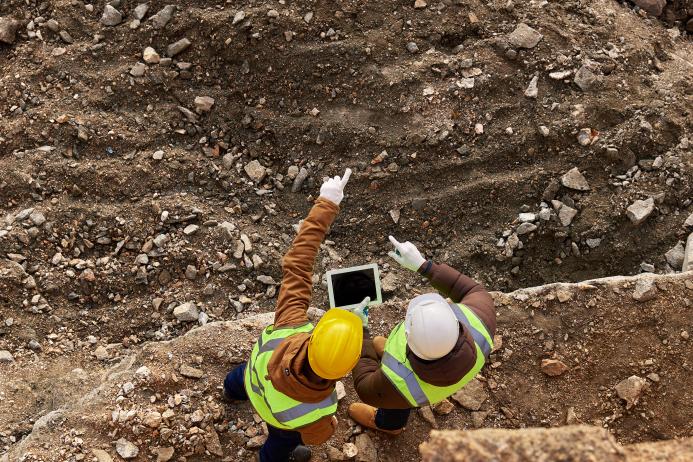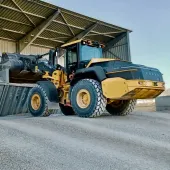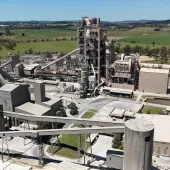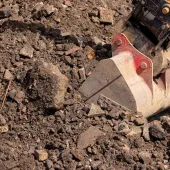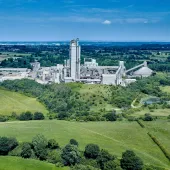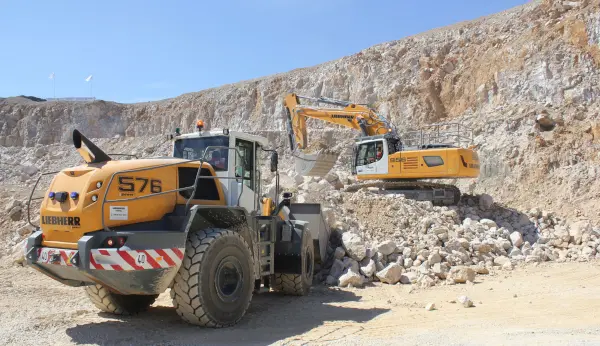Minore introduce new blended mineral formulations
Two new blended mineral formulations set to aid carbon-reduction projects across range of sectors
MINORE, specialists in sustainable mineral solutions, have announced the development of two ranges of blended mineral formulations, Bio Mineral and Clay Mineral, which are designed to aid carbon reduction and environmental projects across a range of sectors and applications.
Based on the site of an old Victorian brickworks in West Yorkshire, the innovative Minore enterprise is transforming materials once deemed obsolete, including clay and ash residues from historical clay pits, into new, low-carbon products and formulations.
The Bio Mineral is specifically manufactured as a supplement for low-carbon construction products such as cement, geopolymer, and asphalt, and for biodiversity projects. Rich in silica, aluminium oxide, and calcium, the composition includes repurposed materials, embedded within valuable discarded minerals from local construction, demolition projects, and the waste-management sector. By applying natural, environmentally friendly treatment solutions to these materials, the team is diverting valuable resources from landfill.
The formulations provide eco-friendly options for construction materials supply. The tailored blends can also be used to improve soil preservation, water-management solutions, carbon capture, and in biodiversity projects, among others.
Meanwhile, Minore’s Clay Mineral formulations blend naturally derived aluminosilicate and mixed-layer clay. The composition, mineralogy, and properties are said to make them highly effective for many environmental initiatives. The versatile material can be adapted and applied in a range of diverse projects, including low-carbon construction products, soil improvement and remediation, water treatment and pollution control, carbon sequestration, contaminant containment, and biodiversity restoration.
For example, in carbon sequestration and biodiversity, kaolinite and illite minerals within clay blends are effective in carbon capture and storage (CCS) when used as supplements to construction products and amendments to soil. Their application helps to sequester CO2 in land restoration projects. The pH and mineral content also support diverse microbial ecosystems, promoting biodiversity in reclaimed or restored lands.
Operating in the new, and rapidly growing, sustainable material-management sector, Minore now have three key strands to their business. Their expertise incorporates: mining existing mineral deposits using sustainable techniques for use in cement, bricks, and green landscapes; repurposing discarded minerals into new product formulations; and developing bespoke Bio Mineral and Clay Mineral formulations for biodiversity and carbon capture.
Minore’s vision also extends to the land they operate on. The plan is to transform part of the site, a once derelict brownfield area, into vibrant wetlands, woodlands, and public open spaces. By reintroducing native hedgerows and creating wildflower meadows, the project is set to enhance biodiversity, offering a sanctuary for local wildlife and a haven for the community.

